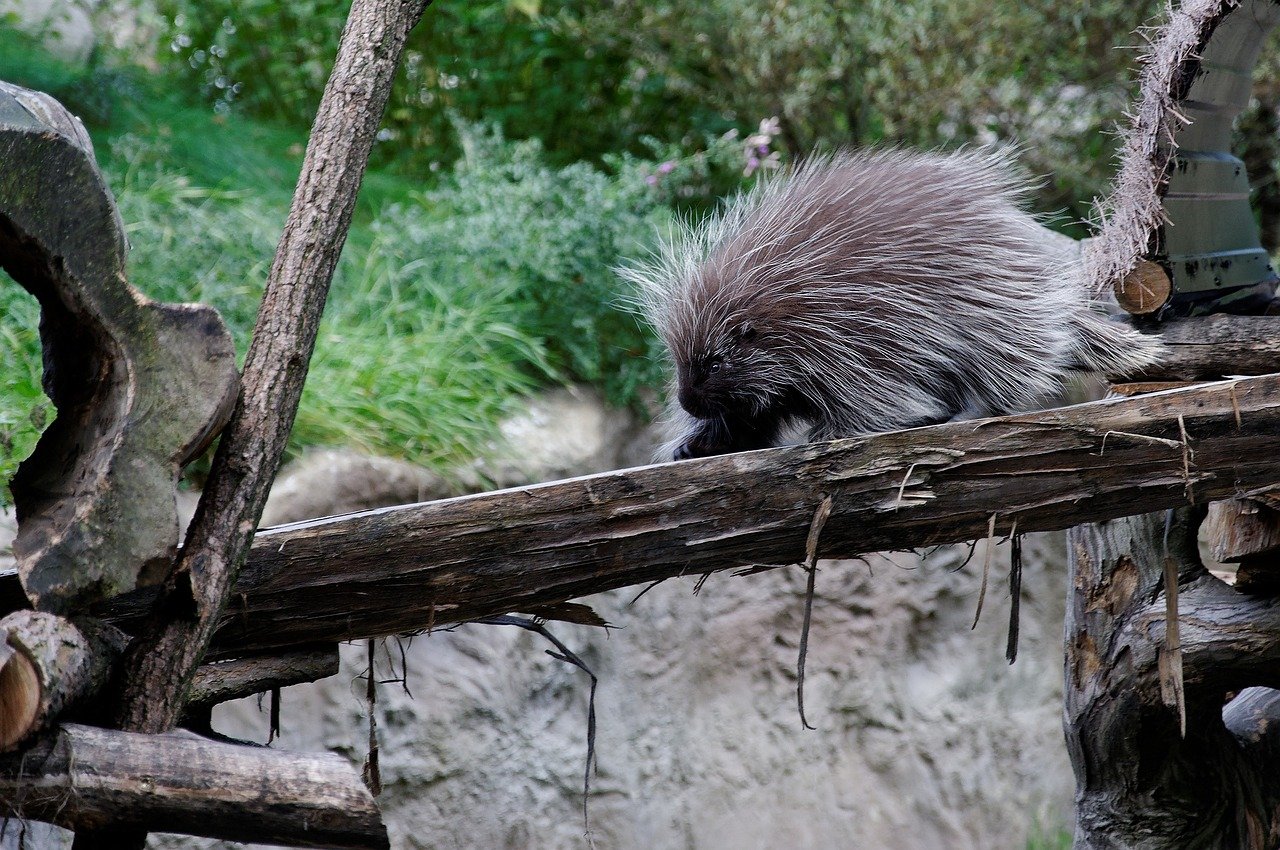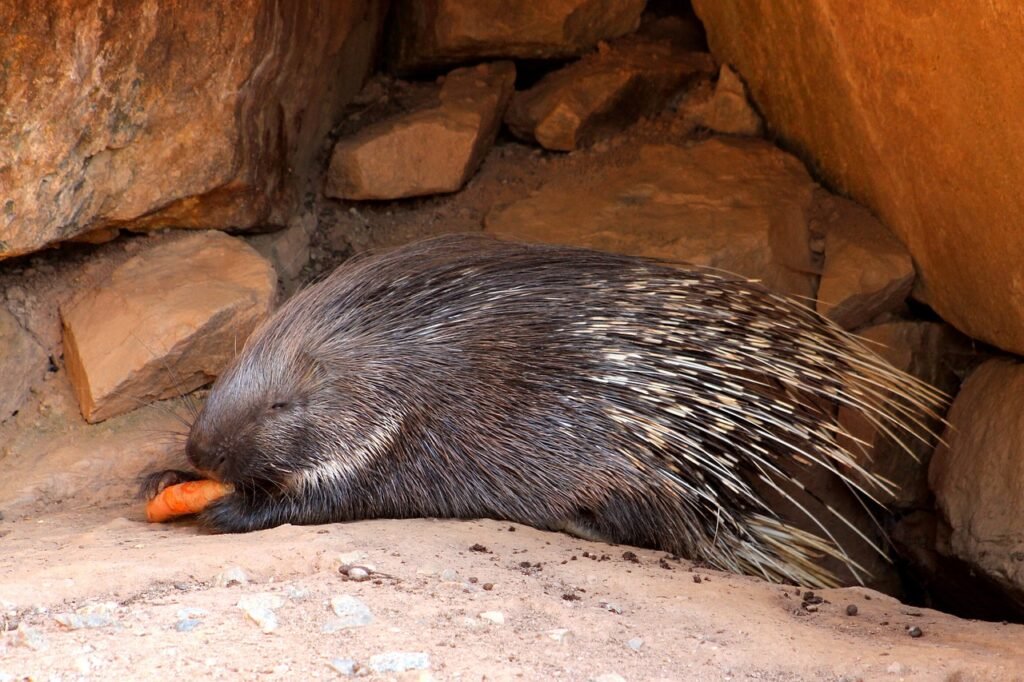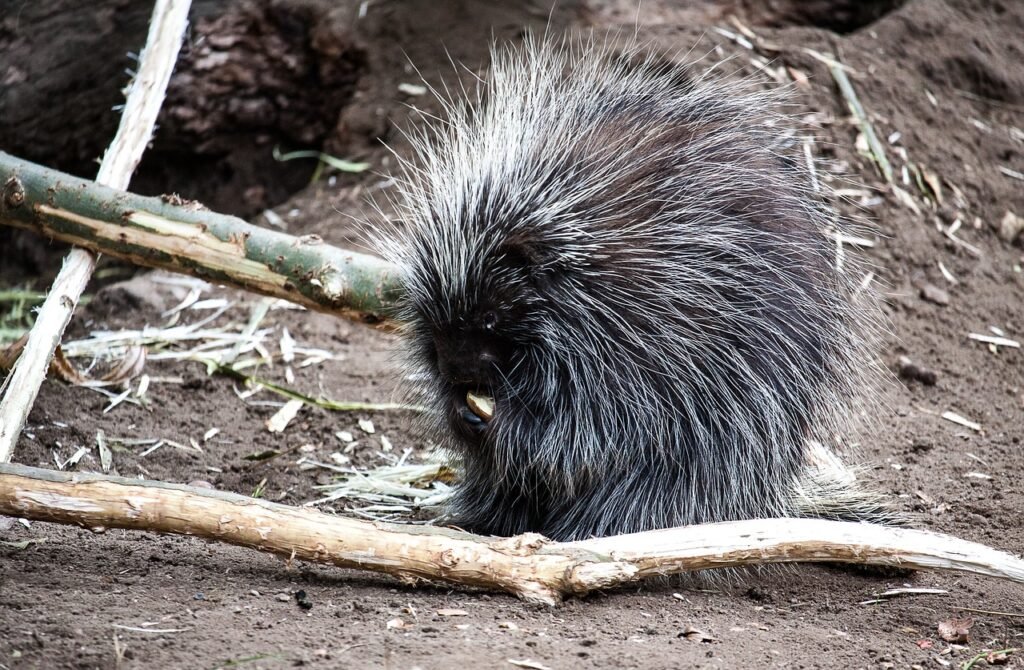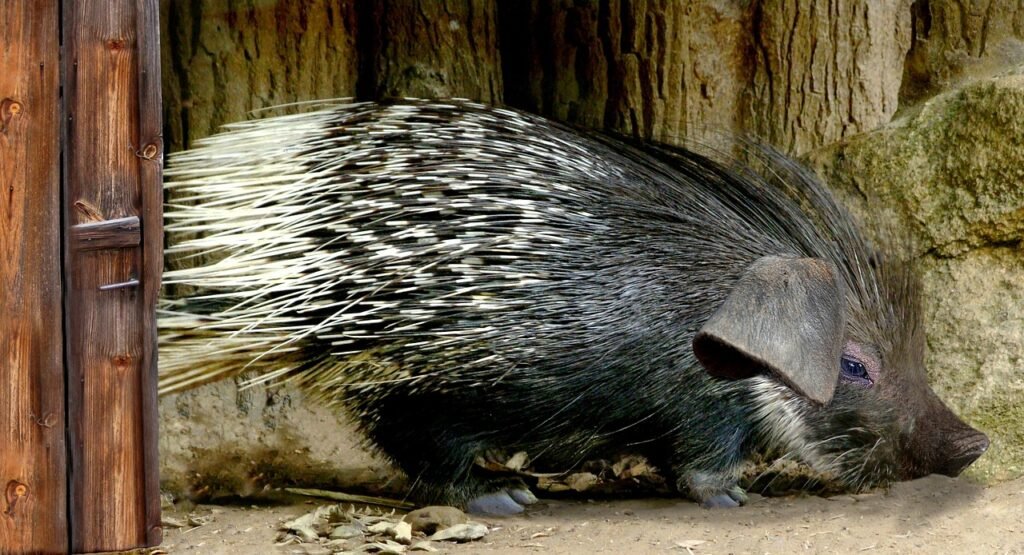Creating the perfect home for your porcupine is an art that requires careful consideration of their unique needs and behaviors. In this guide, we’ll explore the essential tips for crafting a habitat that goes beyond shelter, aiming for the happiness and well-being of your quilled companion.
1. Understanding Porcupine Behavior:
Before designing their habitat, delve into the natural behaviors of porcupines. Consider factors such as climbing, burrowing, and the need for social interaction. Tailoring their housing to these behaviors is fundamental for a content porcupine.
2. Spacious Enclosure Design:
Porcupines thrive in spacious environments. Opt for an enclosure that provides ample room for movement, exploration, and natural activities. A larger space contributes to a healthier and more active lifestyle for your porcupine.
3. Secure and Quill-Proof Materials:
Select materials that are not only secure but also resistant to quill penetration. This ensures a safe environment for both your pet and anyone interacting with them. Sturdy materials like metal or thick wood are ideal.
4. Enrichment through Climbing Structures:
Porcupines are skilled climbers. Enhance their housing with climbing structures, platforms, and branches. Not only does this provide physical exercise, but it also satisfies their instinctual need to explore elevated spaces.
5. Cozy Nesting Areas:
Create cozy nesting spaces within the enclosure. Use soft bedding materials like hay or straw to craft a comfortable and secure nest for your porcupine to rest and unwind.
6. Burrow-Friendly Design:
Facilitate their burrowing instincts by incorporating tunnels or substrate that allows for digging. This adds a layer of mental stimulation and contributes to a happier porcupine.
7. Social Interaction Zones:
While porcupines can be independent, they benefit from social interactions. Designate areas within the enclosure for socializing, ensuring that they have opportunities to engage with other pets or family members.
8. Regular Environmental Enrichment:
Keep the housing dynamic by regularly introducing new toys, puzzle feeders, and items that stimulate their minds. This prevents boredom and encourages continuous exploration.
9. Feeding Stations for Mental Stimulation:
Establish specific feeding stations within the enclosure. Introduce puzzle feeders or scatter feeding to engage their foraging instincts, adding an element of mental stimulation during mealtime.
10. Proper Ventilation and Lighting:
Maintain proper ventilation to ensure a fresh and healthy environment. Additionally, consider the importance of natural or artificial lighting to regulate their circadian rhythms, contributing to overall well-being.
Remember that every porcupine is unique, so observe your pet closely and adapt the housing based on their preferences and behaviors. The art of porcupine housing is an ongoing process that requires attention to detail, creativity, and a genuine understanding of your quilled companion. By incorporating these tips, you’re not just providing shelter – you’re creating a masterpiece that contributes to the happiness and fulfillment of your porcupine.



